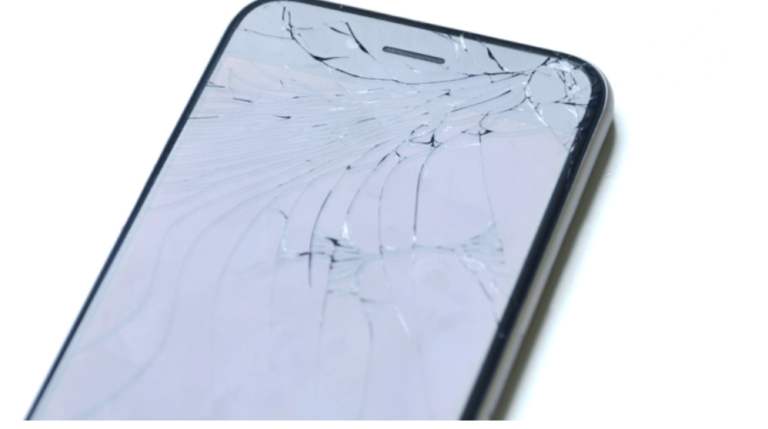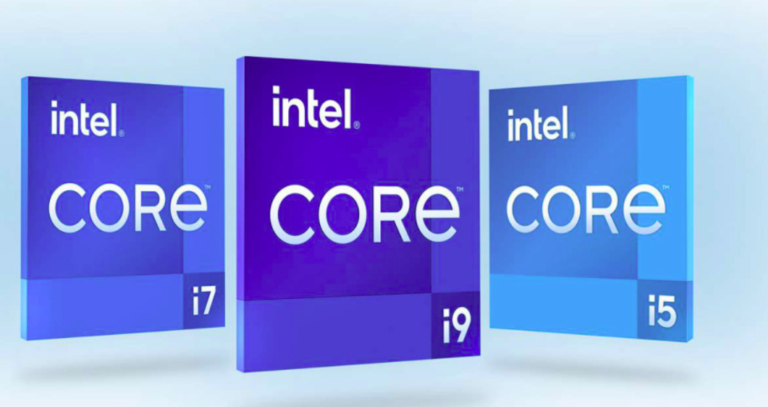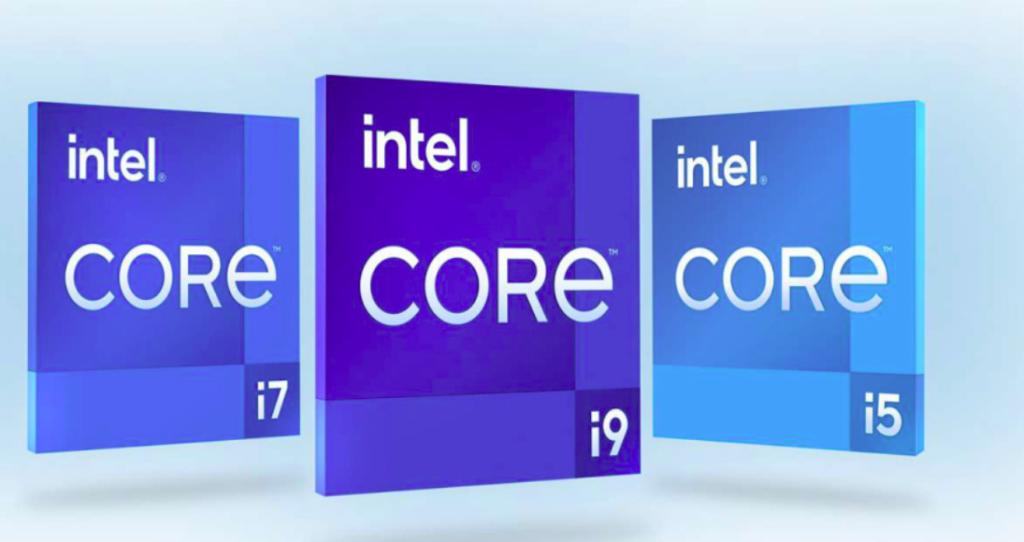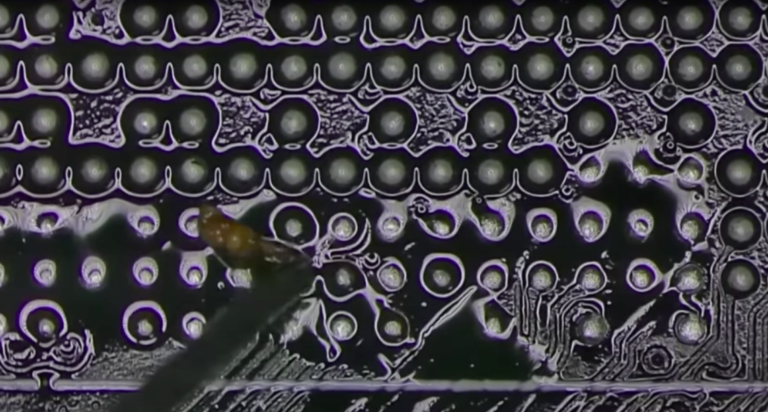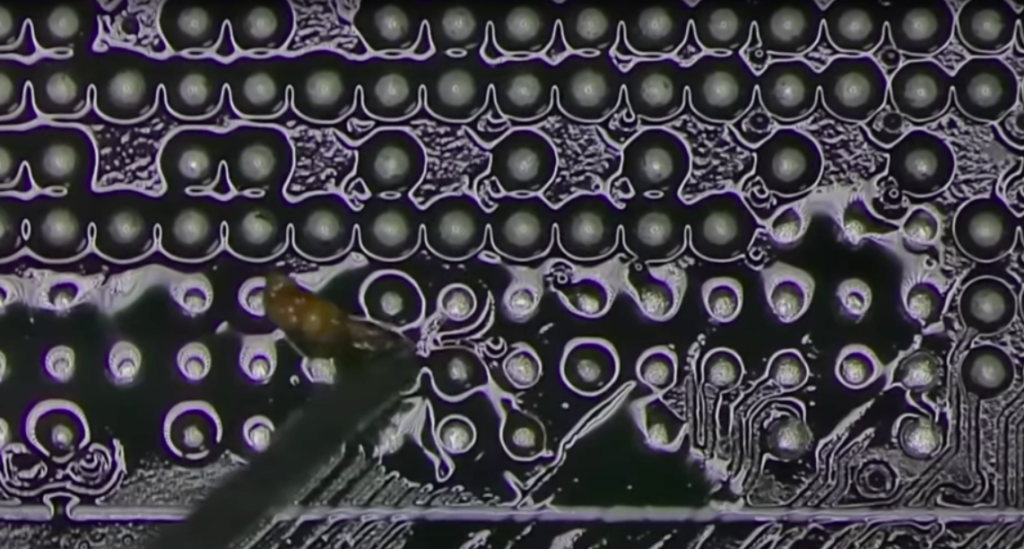Analysts predict that by 2028, smartphone displays with self-healing capabilities will become available.

What if we could ignore all the chatter about how to mend the screens on our smartphones and just let the screens do the fixing? Some analysts believe that reality is just around the corner. The UK-based technology research company CCS Insight said on Tuesday that leading smartphone makers are aiming to release self-healing screens by 2028.
The company released a booklet titled Predictions for 2024 and Beyond at the beginning of its three-day event, of which their forecast was just one. Within the next five years, the company predicted, displays that are “capable of repairing minor scratches and dents on their own” will make an appearance on “smartphones and other consumer electronics.”
Although the technology is still in its infancy, it is still feasible. A group of engineers in Tokyo unintentionally produced a glass-like substance in 2017 that had the ability to mend cracks on its own. Other scientists have deliberately studied and created self-healing materials, such as pure metals and spacecraft hulls. Though not very successfully, the idea has been tried before by the consumer tech vertical: The G Flex, a curved smartphone from LG featuring a self-healing coating on all sides, was released in 2013. A few years later, Apple and Motorola submitted patents for related technologies, but neither company produced a corresponding product.

Self-healing materials, such as phone screens, are supposed to save expensive and time-consuming repairs while preventing broken pieces from ending up in landfills. So how does it operate? Manufacturers would use “a special material in the display, which reacts and forms a new layer of material to fill an imperfection when exposed to air,” according to CCS Insight. The other self-healing elements we discussed before like Rome’s 2,000-year-old walls—whose continued existence is attributed to their capacity to heal themselves—also operate on the same principle.
Having stated that, it is imperative to establish reasonable expectations for the ensuing years. In most cases, self-healing screens cannot fix problems that you would typically take to a repair shop; if your screen is broken into pieces, you will need to get a new one. It’s also unclear which manufacturers may release self-healing smartphones first, according to CCS Insight. As a result, it’s unclear if your preferred smartphone brand will be able to patch up scratches on its own in the coming years.
